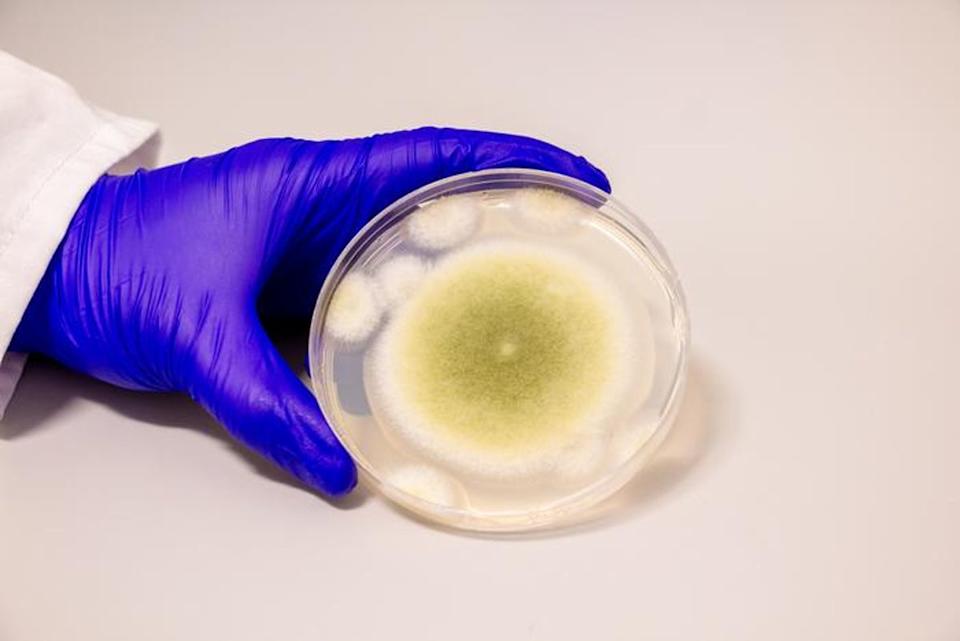Mummys Curse Fungus Reveals Potential as Powerful Cancer Drug: New Study from University of Pennsylvania
Researchers at the University of Pennsylvania have made a significant discovery in the fight against cancer. They have identified a new class of molecules, called asperigimycins, derived from the fungus Aspergillus flavus, which shows potential in stopping the growth of cancer cells, particularly those of leukemia. The study, published in Nature Chemical Biology on Monday, is part of a larger effort to find new treatments for cancer using natural products.

The fungus, sometimes referred to as the “mummy’s curse” due to its potential link to the deaths of archaeologists who excavated famous tombs like that of King Tutankhamen in Egypt, has been isolated and purified by the research team. The asperigimycins were tested against common cancers in breast, liver, and lung cells, with two of the four molecules showing “potent” effects against leukemia cells. Another variation, to which scientists added a fatty lipid molecule, performed as well as the longstanding Food and Drug Administration-approved leukemia drugs cytarabine and daunorubicin.
The researchers believe that these molecules, created inside the fungus’s cellular machinery and then modified by the study’s authors, block some of the mechanisms of cell division, halting the unchecked cell growth that causes cancer. “Cancer cells divide uncontrollably,” said Sherry Gao, associate professor in chemical and biomolecular engineering and bioengineering at Penn and a senior author on the study. “These compounds block the formation of microtubules, which are essential for cell division.”
Aspergillus flavus is commonly found in soil and can lead to lung infections in humans, especially among those with compromised immune systems. It also infects a variety of agricultural crops and is one of the most frequently isolated mold species in agriculture and medicine. The research team, which included researchers from Rice University, the University of Pittsburgh, the University of Texas, Washington University of St. Louis, Baylor College of Medicine, and the University of Porto, said its research was unique because it focused on a class of peptides more commonly studied in bacteria rather than fungus. The study was funded by the National Institutes of Health.

The researchers hope to continue their work in animal models and potential human trials in the future. The discovery of these new molecules from a fungus that has long been associated with death could provide a valuable new tool in the fight against cancer. With further research and development, these asperigimycins have the potential to revolutionize cancer treatment and save countless lives.
The recent University of Pennsylvania study demonstrating the Mummys Curse Fungus' potential as a powerful cancer drug is an exciting breakthrough, underscoring nature’s prowess in providing potentially transformative treatments for this deadliest disease.
An intriguing new study from the University of Pennsylvania reveals that Mummys Curse Fungus has displayed promising potential as a powerful cancer treatment, raising hope for patients in need, stating directness and conciseness while also providing an insightful comment on its significance.
University of Pennsylvania's latest study on Mummys Curse Fungus shedding potential as a potent cancer drug is an exciting breakthrough that may pave the way for future treatments, offering hope to millions battling this terrible disease.
A new study from the University of Pennsylvania sheds light on a fungus derived initially as an example in folklore (Mummys Curse) that possesses remarkable potential to act effectively against cancer.














